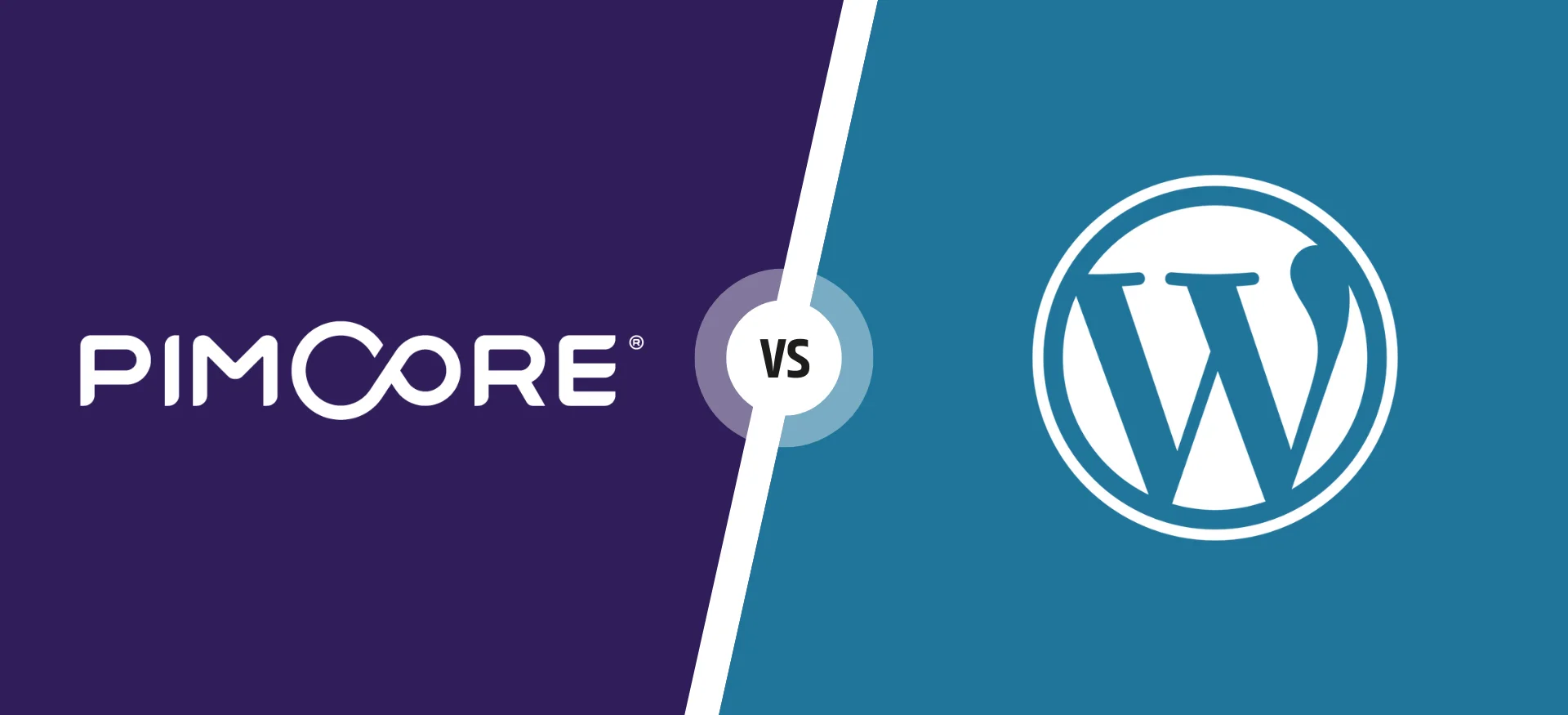In today’s fast-moving digital landscape, the right Content Management System (CMS) can make or break your online strategy.
Whether you’re a small business looking for a simple website or a global enterprise managing thousands of products, choosing between Pimcore vs WordPress can be a defining decision.
Both are open-source platforms, but they serve very different needs. WordPress is widely known for simplicity, flexibility, and its vast ecosystem of plugins. Pimcore.
On the other hand, is an enterprise-grade Digital Experience Platform (DXP) that combines CMS, Product Information Management (PIM), Digital Asset Management (DAM), Customer Data Platform (CDP), and eCommerce in one.
In this blog, we’ll explore Pim WordPress comparisons, understand the role of WordPress PIM plugins, review Pimcore WordPress integration, and determine which platform is the best fit for different businesses.
In practice, most companies also invest in digital marketing services and broader digital transformation services to maximize the impact of whichever platform they choose.
What is a Content Management System (CMS)?
A CMS is software that enables users to create, manage, and publish content online without requiring advanced coding knowledge. It acts as the backbone for websites, blogs, and eCommerce stores.
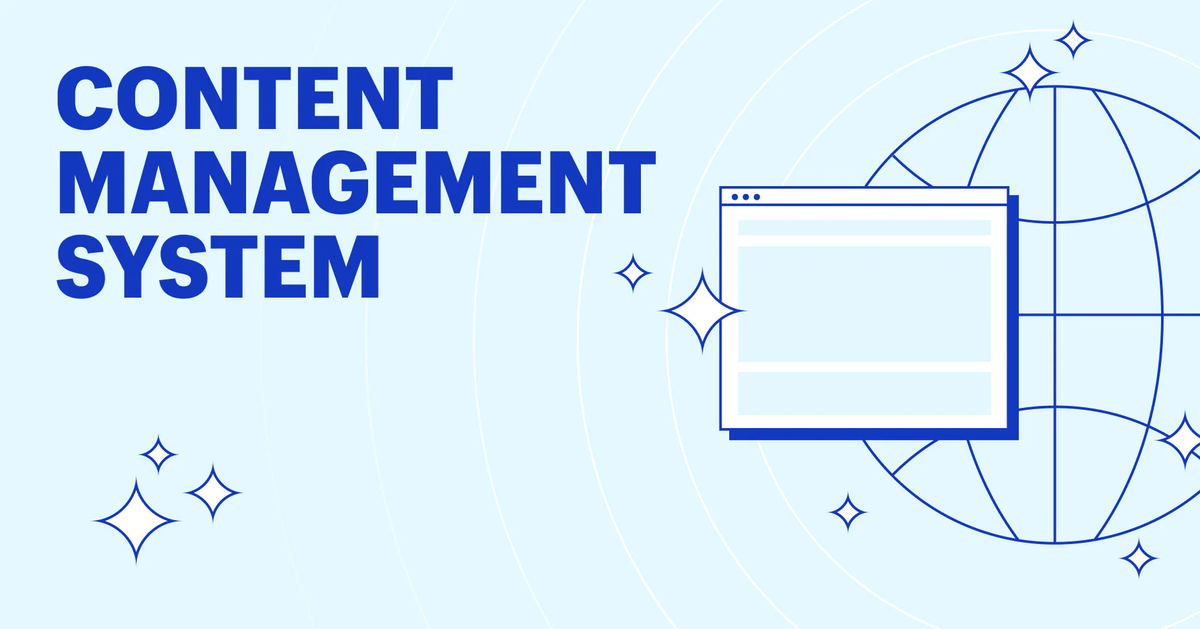
Benefits of Using a CMS:
-
Ease of Use: Create and update content quickly.
- Collaboration: Role-based access for teams (admins, editors, authors).
- SEO Optimization: Built-in or plugin-supported SEO tools.
- Scalability: Ability to add features and scale as your business grows.
- Analytics: Track performance and user behavior.
For professionals exploring how to get into digital marketing, working with a CMS is often one of the first practical steps toward building real online experience.
WordPress is the most well-known CMS globally, but Pimcore takes CMS functionality further by adding PIM and DAM, making it an all-in-one solution for enterprises.
What is Product Information Management System (PIM)?
While a CMS manages content, a Product Information Management (PIM) system focuses on managing and centralizing product data. For businesses with large product catalogs or multi-channel sales, PIM is essential.
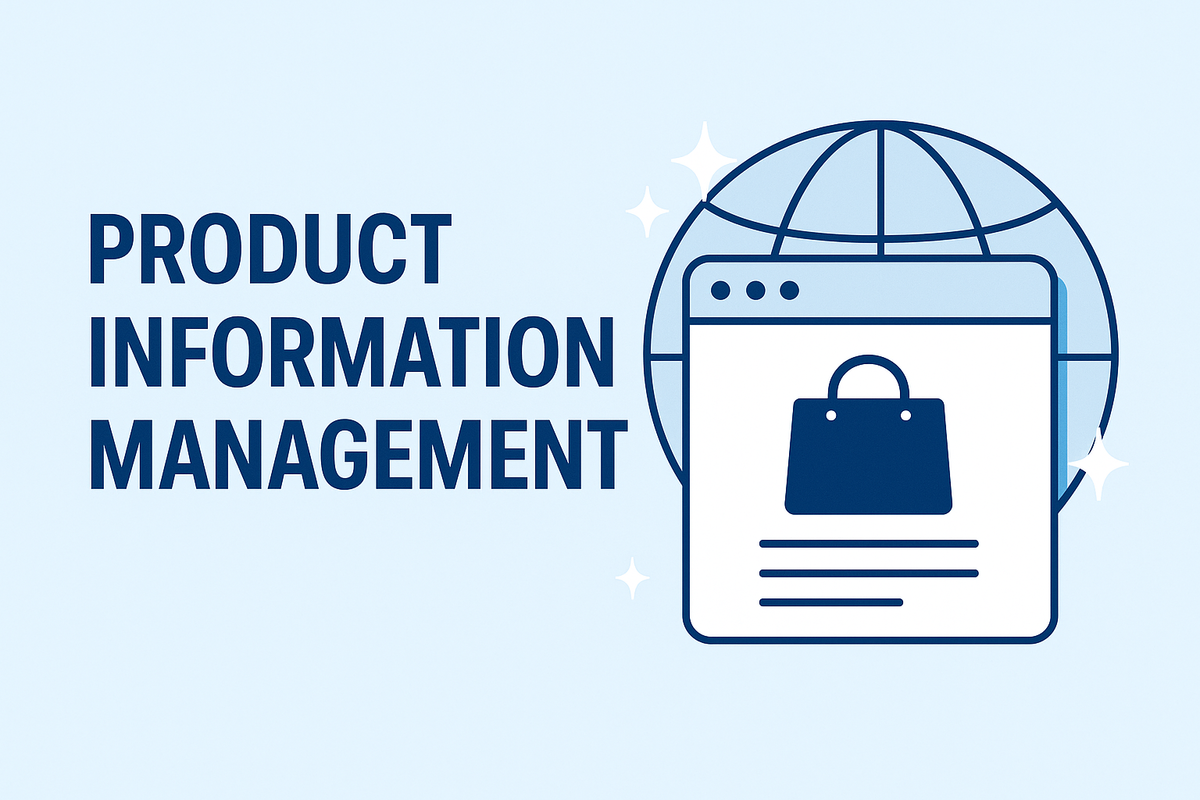
The requirements also vary when comparing B2B vs B2C strategies, since enterprises must structure and present product information differently depending on the customer type.
Benefits of PIM Systems:
- Data Accuracy & Consistency: Ensures product details like specifications, pricing, and descriptions are consistent across websites, apps, and print.
- Enhanced Efficiency: Teams can collaborate better, reduce duplication, and push updates across multiple channels instantly.
- Improved Customer Experience: Rich product information, images, and videos improve buyer confidence and drive sales.
For small businesses using WordPress, there are WordPress PIM plugins that provide basic product data management. However, these are limited compared to Pimcore, which offers enterprise-grade PIM capabilities out of the box.
What is Pimcore?
Pimcore is an open-source Digital Experience Platform designed for enterprises. It goes far beyond a traditional CMS by combining multiple systems into one:
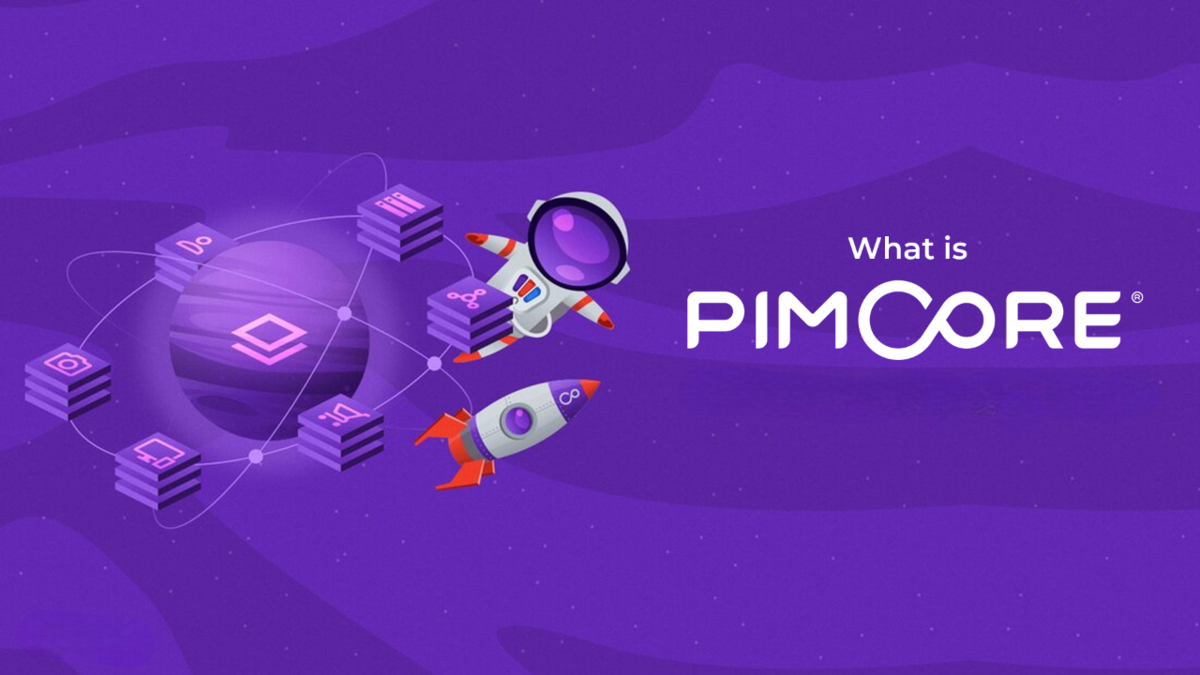
- Content Management (CMS): Manage websites, landing pages, and multi-language content.
- Product Information Management (PIM): Centralize and standardize product data for multiple channels.
- Digital Asset Management (DAM): Store, organize, and retrieve images, videos, and documents.
- Customer Data Platform (CDP): Collect and manage customer data for personalization.
- eCommerce Framework: Advanced eCommerce capabilities with catalog management, pricing, and workflows.
Key Strengths of Pimcore:
- Multi-site and multi-language management.
- Strong integration with ERP, CRM, and third-party platforms.
- Robust DAM for digital assets.
- Enterprise scalability for high-traffic websites.
- Flexible customization with APIs.
For enterprises that already use WordPress for websites, Pimcore WordPress integration is also possible, Pimcore manages product and digital assets while WordPress handles the front-end publishing.
What is WordPress?
WordPress powers over 40% of the web, making it the most widely used CMS in the world. It started as a blogging tool but has evolved into a flexible platform for websites, online stores, portfolios, and even learning management systems.
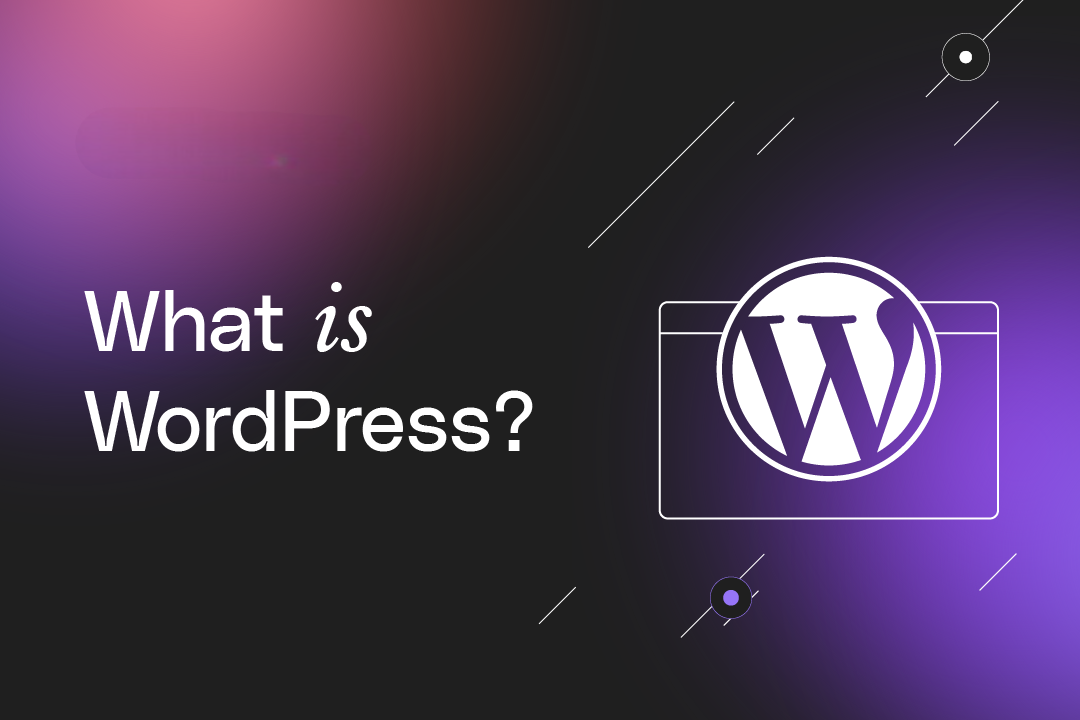
Key Strengths of WordPress:
- User-Friendly Dashboard: Easy for non-technical users.
- Themes & Plugins: Thousands of free and premium options.
- WooCommerce Integration: For eCommerce websites.
- SEO-Friendly: Plugins like Yoast SEO make optimization simple.
- Large Community: Extensive tutorials, support, and resources.
Many site owners combine WordPress with SEO ranking report tools to measure performance and fine-tune their content strategy.
Limitations of WordPress in PIM:
- No native product information management WordPress system.
- Businesses must rely on WordPress PIM plugins, which may not scale well for enterprises.
- Lacks advanced DAM and CDP features.
Pimcore vs WordPress: Comparison
Choosing between Pimcore and WordPress depends on your business needs. While WordPress is primarily a content management system (CMS) designed for websites and blogs, Pimcore is a more advanced platform that combines product information management (PIM), digital asset management (DAM), and customer data management in one solution.
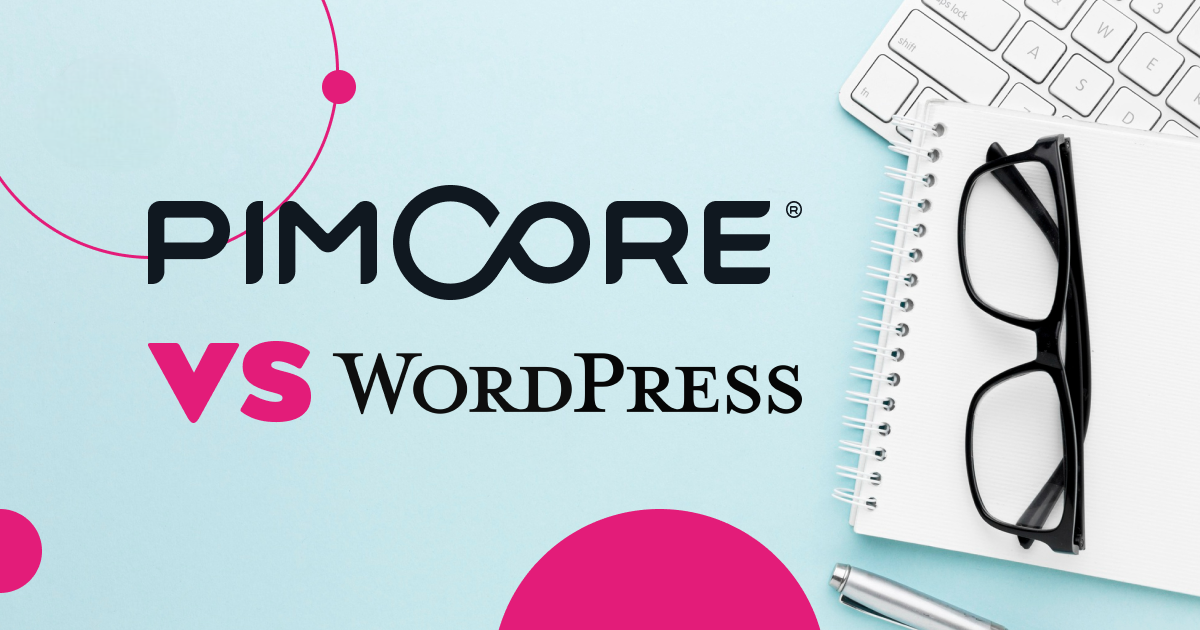
| Feature/Aspect | Pimcore | WordPress |
|---|---|---|
| Core Purpose | Enterprise DXP combining CMS, PIM, DAM, CDP, and eCommerce. | Open-source CMS for websites and blogs. |
| Ease of Use | Requires developer expertise. | Beginner-friendly, no coding required. |
| Content Management | Advanced, multi-language, multi-site. | Great for simple blogs and small business websites. |
| Product Data (PIM) | Built-in PIM system. | Requires WordPress PIM plugin (basic functionality). |
| Digital Asset Management (DAM) | Full DAM support. | Basic media library. |
| eCommerce | Enterprise eCommerce framework. | WooCommerce plugin for small/medium stores. |
| Customization | Flexible, API-driven customization. | Thousands of plugins and themes. |
| Scalability | Highly scalable for enterprise use. | Scalable but requires optimization. |
| Integration | Connects with ERP, CRM, and enterprise systems. | Integrates with third-party plugins, not built-in. |
| Cost | Free core, but higher implementation costs. | Free core, affordable hosting and plugins. |
Pimcore WordPress Integration: Combining Strengths
In many cases, businesses don’t see the Pimcore vs WordPress debate as an either/or choice. Instead, they adopt a Pimcore WordPress integration approach to combine the strengths of both platforms.
- Pimcore manages product data, digital assets, and customer records, ensuring accuracy and consistency across multiple channels.
- WordPress handles front-end publishing, content creation, and SEO-friendly marketing, giving non-technical teams the flexibility they need.
This hybrid solution allows companies to leverage Pimcore’s enterprise-level PIM capabilities while benefiting from the ease of use and community support that WordPress provides. It’s especially valuable for organizations that want the advanced data management of Pimcore without giving up WordPress’s familiar publishing environment.
When to Choose WordPress and When to Choose Pimcore
Business needs and user expectations are constantly evolving, and choosing the right platform can make a big difference in your digital strategy. The decision between Pimcore vs WordPress often comes down to budget, scalability, and the level of product or content management required.
When to Choose WordPress
If you’re running a small business, startup, or blog, and you don’t have a large budget to cover development costs, WordPress may be your platform of choice.
It’s easy to use, quick to set up, and supported by agencies offering web design and development services that help businesses create professional websites without heavy coding.
However, WordPress has some limitations:
- Security vulnerabilities if too many plugins are installed.
- Limited product information management WordPress capabilities (only possible through a WordPress PIM plugin).
- Slower performance if not optimized properly.
That said, for simple websites, small eCommerce stores, or businesses just starting out, WordPress PIM solutions are usually sufficient. A Pim WordPress setup makes sense when cost and ease-of-use are your top priorities.
Explore Our Web Design And Development Services!
When to Choose Pimcore
If you’re aiming for enterprise-grade scalability, data centralization, and long-term ROI, then Pimcore is your platform of choice.
Many organizations also collaborate with specialists in design services to customize Pimcore solutions for unique branding and user experiences.
Pimcore is not just a CMS, it comes with six core components, including:
- Product Information Management (PIM)
- Digital Asset Management (DAM)
- Customer Data Platform (CDP)
- Content Management (CMS)
- Master Data Management (MDM)
- eCommerce Framework
This makes Pimcore WordPress alternatives especially powerful for large organizations. You can choose to use any combination of Pimcore’s components, depending on your business requirements. For example:
- Manage product catalogs with PIM.
- Control images and videos with DAM.
- Personalize user experiences with CDP.
- Manage global websites with the CMS.
Another advantage is flexibility, through Pimcore WordPress integration, enterprises can use Pimcore to manage all product data and assets, while WordPress handles publishing and front-end content. This hybrid model ensures both marketing teams and technical teams get the tools they need.
FAQs: Pimcore vs WordPress
What is the difference between Pimcore vs WordPress?
Pimcore is an enterprise-grade Digital Experience Platform (DXP) that combines CMS, Product Information Management (PIM), Digital Asset Management (DAM), CDP, and eCommerce in one system. WordPress, on the other hand, is a widely used CMS that’s ideal for websites, blogs, and small online stores.
Can WordPress be used as a PIM (Product Information Management) system?
WordPress does not have native PIM capabilities. To manage product data, you need a WordPress PIM plugin. These plugins work for small businesses but don’t scale well compared to a full PIM system like Pimcore.
What are the benefits of a WordPress PIM plugin?
A WordPress PIM plugin allows businesses to manage product information directly inside WordPress. Benefits include centralizing product data, syncing updates across your WooCommerce store, and basic catalog management. However, for enterprises with large product catalogs, these plugins are limited.
When should I choose Product Information Management in WordPress vs Pimcore?
- Use Product Information Management WordPress solutions (via plugins) if you run a small or medium-sized store with a limited catalog.
- Choose Pimcore if you manage thousands of products, multiple sales channels, or need DAM, CDP, and advanced data workflows alongside your CMS.
What is Pimcore WordPress integration and why use it?
Pimcore WordPress integration combines the strengths of both platforms. Pimcore manages product data, digital assets, and customer information, while WordPress handles publishing, SEO, and front-end marketing. This hybrid model is powerful for enterprises that want enterprise-level PIM with WordPress’s user-friendly publishing.
Is Pim WordPress setup better than just using WordPress?
A Pim WordPress setup is better for businesses that need more than basic CMS features. While WordPress is great for small websites, blogs, and stores, integrating Pimcore adds scalability, accurate product data management, and enterprise-level integrations with ERP or CRM systems.
Does Pimcore work with WooCommerce?
Yes, through Pimcore WordPress integration, you can connect Pimcore’s PIM with WooCommerce to manage products centrally and push them to your WordPress store. This ensures accurate, consistent product data across multiple sales channels.
Conclusion
The battle of Pimcore vs WordPress isn’t about which is universally better, but which is better for your specific business.
- WordPress is the go-to platform for SMBs that need affordability, flexibility, and quick deployment.
- Pimcore shines as a product information management WordPress alternative for enterprises that require integrated systems, scalability, and advanced data management.
For many organizations, the answer lies in Pim WordPress integration, combining Pimcore’s enterprise-grade data management with WordPress’s content-friendly publishing.
Whether you choose WordPress PIM plugins for simplicity or go with a full-scale Pimcore WordPress integration, the right platform will depend on your digital strategy, resources, and long-term growth goals.
